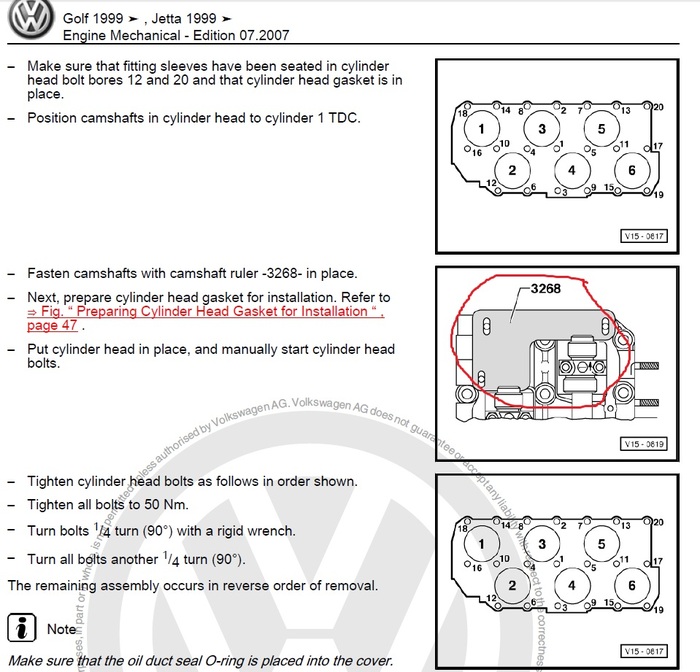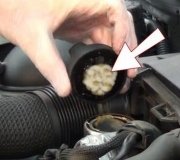Saturday, September 29th, 2012 AT 4:54 AM
I have two questions #1 I did not do a compression check but I suspect a blown head gasket, car overheated several times and there is oil in the coolant and there is water in the oil am I right with my diagnosis? Also I considered it might be a crack block or head. But I didnt think it was those two because the car runs fine, the only thing wrong is water disappers from the coolant resovoir to the oil I find the water on the dipstick. Second question is since im going with replacing the head gasket I already started taking everything apart. Is it neccessaty to bring the motor to top dead center during this procedure? Couldnt I unbolt everything the way the motor is now and during removal make sure the the cams dont move and timing spockets dont move? And replace the head gasket throw everything back together and start it up? Also my car is a glx model it comes with a vr6 motor



